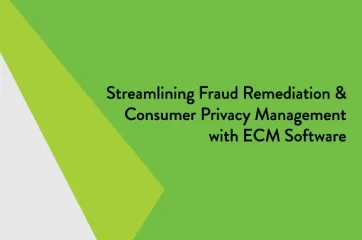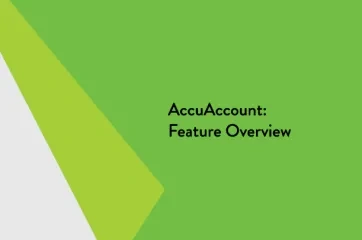What Does it Mean to Resolve Exceptions?
A financial institution might “resolve” an exception once the item in question has come into conformity with certain predefined requirements. Sometimes referred to as “clearing” or “satisfying” exceptions, financial institutions implement a variety of tracking systems and processes to ensure timely resolution.
Knowing how and when to resolve an exception requires a basic understanding of exception management terminology and best practices. Most exceptions can be categorized into one of the following groups:
- Incomplete information, such as a missing signature
- Insufficient data, such as an incomplete property appraisal
- Expired documentation, such as an outdated insurance policy
- Required action, such as a pending inventory assessment
Timely resolution of exceptions is important for ensuring positive customer or member experiences and supporting ongoing compliance initiatives.
Resolving One Exception Might Involve Multiple Steps
From a reporting standpoint, the mere collection of a missing document may not actually “resolve” the associated exception. Depending on the bank or credit union’s technology and processes, several steps may be required.
For example, if your financial institution relies primarily on paper documents and exception tracking spreadsheets, satisfying an exception might involve:
- Collecting the document
- Locating the correct loan file
- Placing the document into the correct tab within the loan file
- Marking the exception as “resolved” in a spreadsheet
Relying on a cumbersome exception management process can increase the chances of oversights and create additional administrative work, thereby reducing operational efficiency.
Connecting Imaging and Exception Tracking
Technology can play an important role in helping a financial institution achieve streamlined exception workflows. Implementing a system like AccuAccount from Alogent could automate much of the complexity that is commonly associated with exception resolution—especially if used in tandem with an LOS and eSign product. Document placeholders for new loans and accounts help AccuAccount users quickly identify which documents are missing. As documents are prepared and/or eSigned, interfaces can move the electronic documents into the correct locations in AccuAccount—resolving associated exceptions with little or no manual intervention.
Explore Additional Resources for Bankers
Visit Alogent’s Innovation Hub for links to helpful blog articles, on-demand webinars, industry papers, and upcoming events. You can also browse more banking definitions from Alogent.








